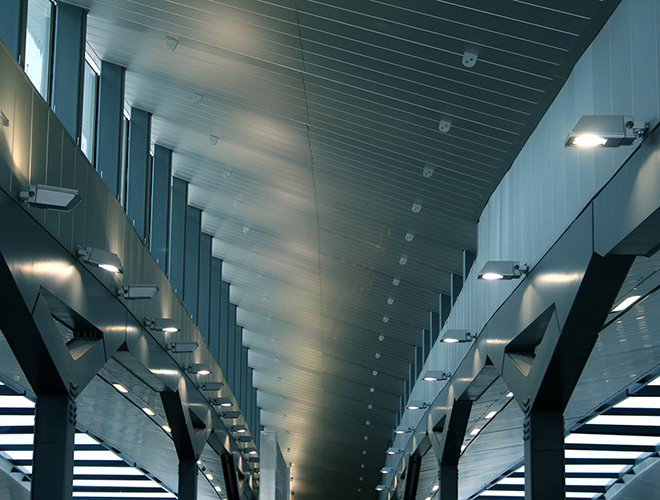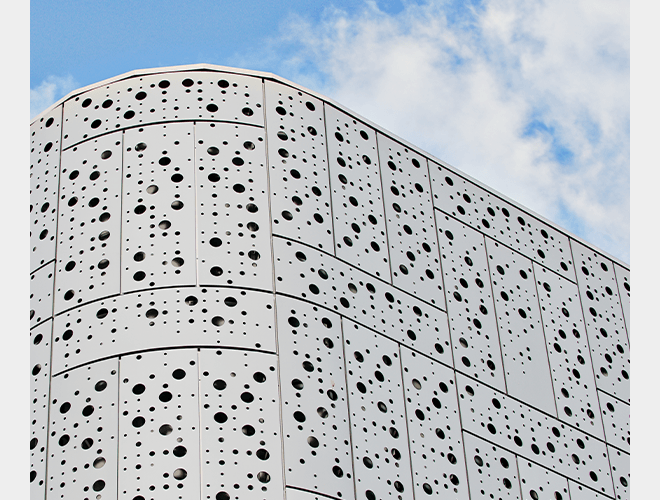London Bridge
Innovative technology used by Bailey for London Bridge project
People
Prater On Behalf CostainLocation
LondonSector
CommercialProducts
Architectural FacadesType
RefurbThe challenge
Bailey has been working closely with Prater to deliver a major element of the complete refurbishment of London Bridge train station, on behalf of Costain for Network Rail.
The ongoing redevelopment designed by Grimshaw architects, detailed by HWSP and delivered by Prater on behalf of Costain, one of the UK’s leading engineering solutions providers. The project involves the provision of a new concourse at street level, with entrances on Tooley Street and St Thomas Street, which will increase passenger capacity through the station from 50m to 75m. Entrance and exit points will also be redeveloped to improve ease of access to and from the station.
Bailey was trusted by Prater to undertake and advise on one of the challenging areas of the project, from the initial design stages, developing how the fascia and soffits would work, and then by harnessing the latest software to ensure the manufacture and delivery to a challenging programme, and ensure finishes were to the highest possible standard.
This prestigious and complex project has been ongoing for over two years and work is being completed in sections, to ensure disruption is kept to a minimum. As the station is always under the public eye and in constant use, the client required a solution that would be aesthetically pleasing and high performance, while keeping construction time to a minimum.
The solution and approach
Bailey purchased specialist 3D modelling software that enabled the company to effectively integrate various other drawing elements for the project, both 3D and 2D, into one 3D software package. This software, allowed the Bailey Products to be modelled directly onto the steelwork model, incorporating the Prater design sections, producing extremely precise 3D models, combining both 3D structural steelwork models from the architect and Prater 2D drawings, for the manufacture of the anodised materials for the cassettes and detailed site drawings to enable Prater to accurately install them both on and off-site.
The biggest challenge for Bailey in the process was that there is no standard software that will produce everything a manufacturer needs. By adapting existing available software and successfully working with them, Bailey was able to produce a full ‘from design to manufacture’ concept in a 3D modelling world. In order to meet the extremely challenging build programme, the Prater design used a unitised solution for the project. The platforms of London Bridge Station are, on average, split into 180 separate cassettes (parts), in three to twelve-metre sections. These sections, each of them different, are then fitted onto a central steel beam. The model software-enabled Bailey to plan exactly the various cladding elements of the cassettes, which would be produced to these exact requirements. The cassettes were then built by Prater and Severfield in Bolton and then transported to London Bridge, ready-made.
The result
So far, Bailey and Prater have exceeded expectations, thanks to integrated working, both in design and construction. Bailey’s use of technology during the project has reduced the time taken across all areas, therefore reducing costs. Time savings in manufacture and installation have also positively benefited the public, as the work at the station was completed as efficiently as possible, with minimum disruption. Thanks to the automation within the software, processes that would have taken hours, have taken seconds.
Not only were time and money saved, but the client Network Rail also Continues to receive a premium quality finish to the work, thanks to the precision and integration achieved through the use of this new technology. This also means that the project is more sustainable, massively reducing the risk of wastage on site.
Bailey has demonstrated on this project, that while there may not be the perfect software currently on the market, by using innovation and employee expertise they have been able to ingeniously work with the Prater unitised concept and with various models and plans, combining them all with their own specialist software to accommodate a ‘from design to manufacture’ automated drawing process. We will continue to update you as the project progresses.
Related Work & Articles















